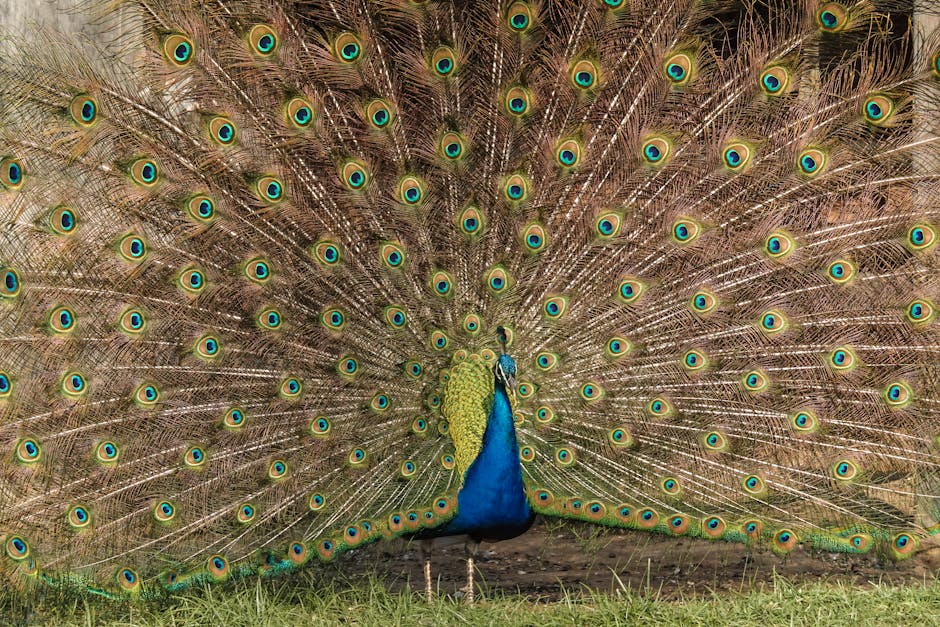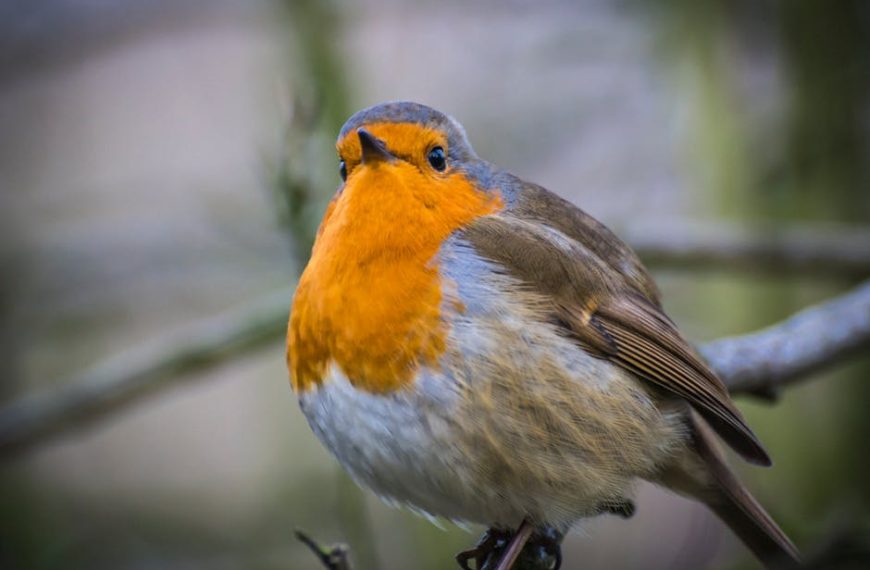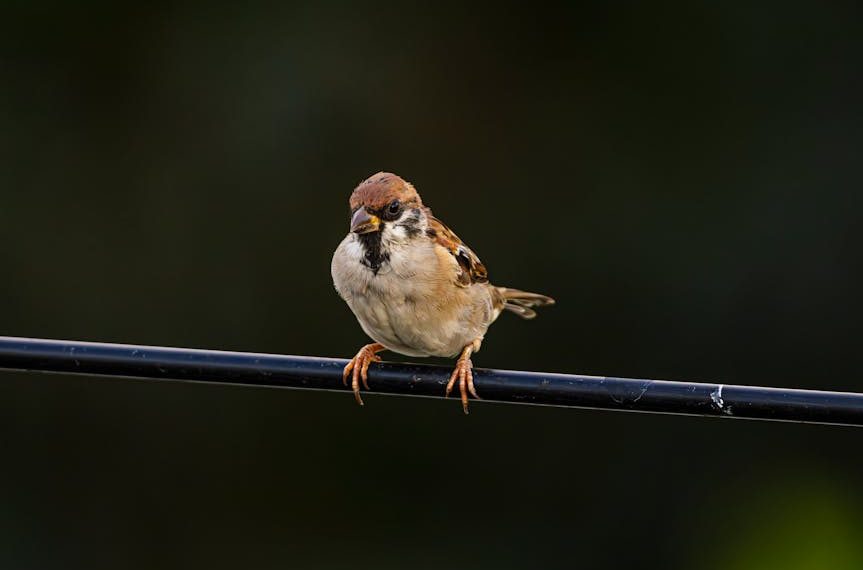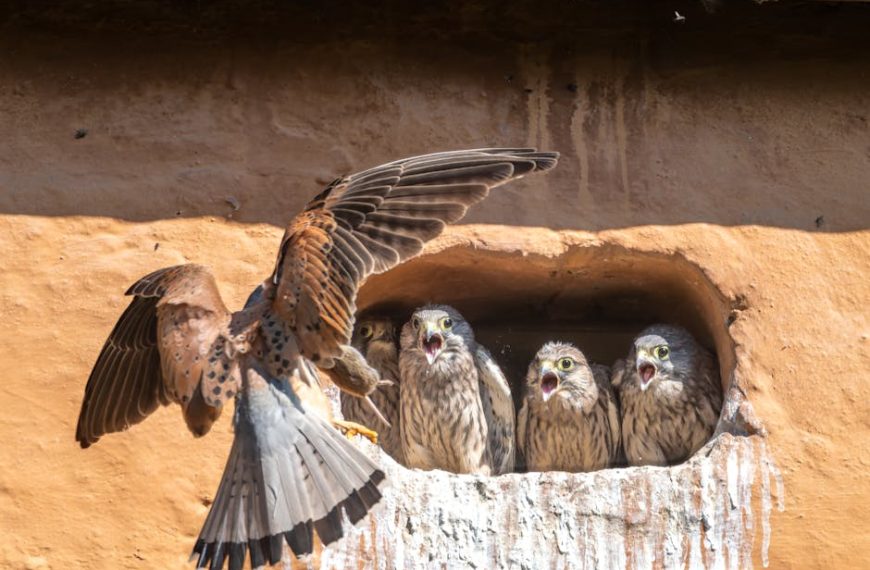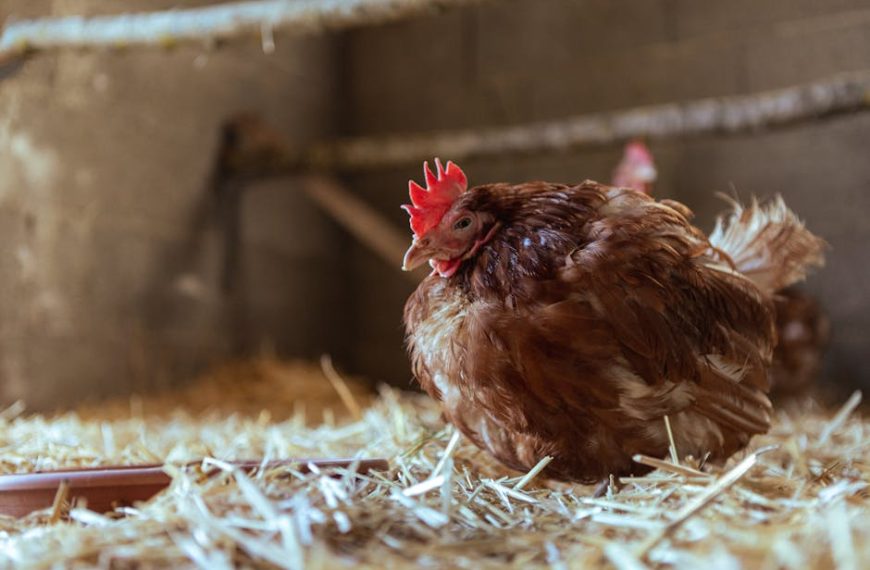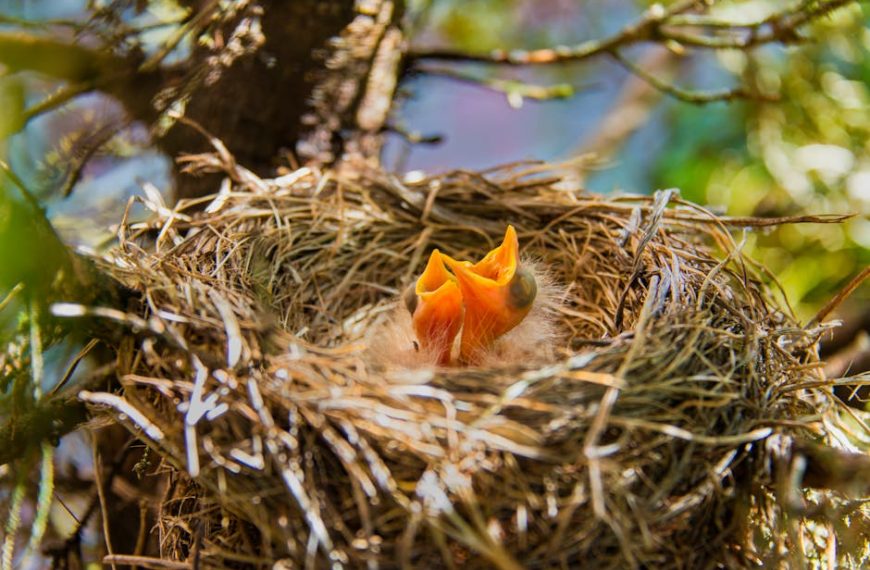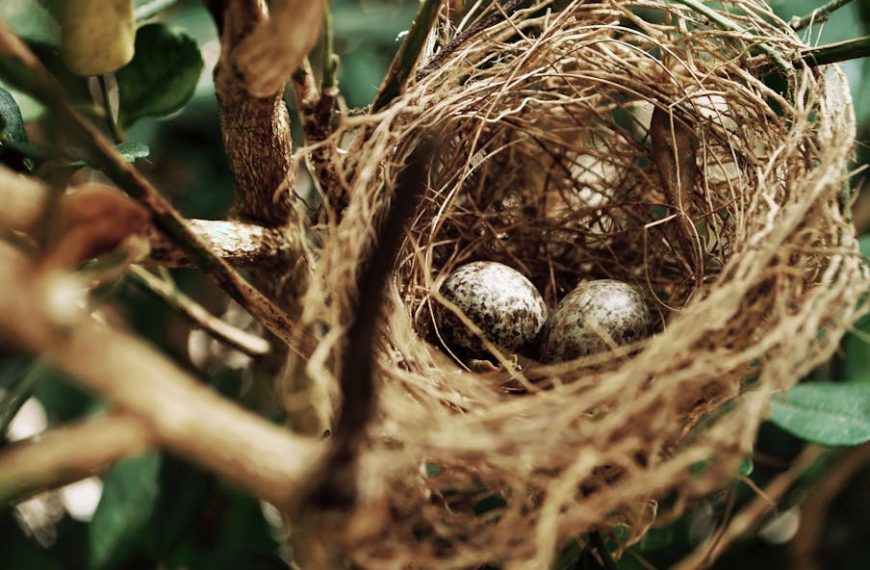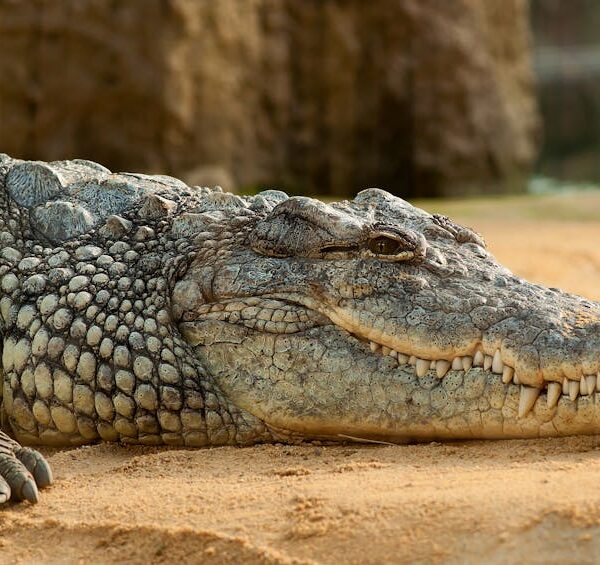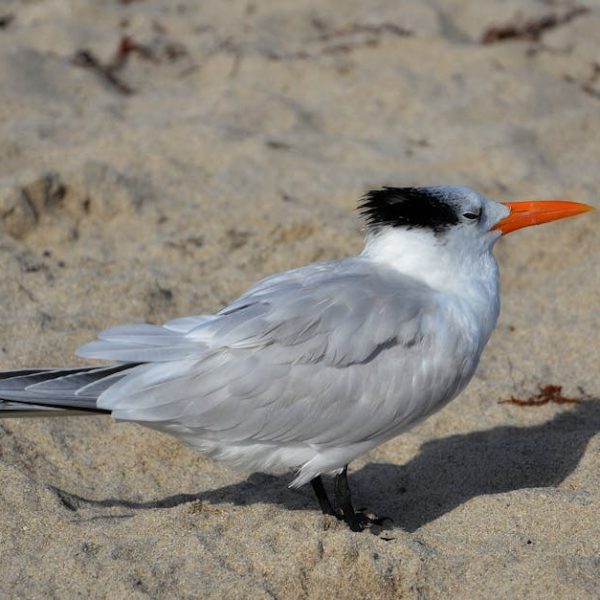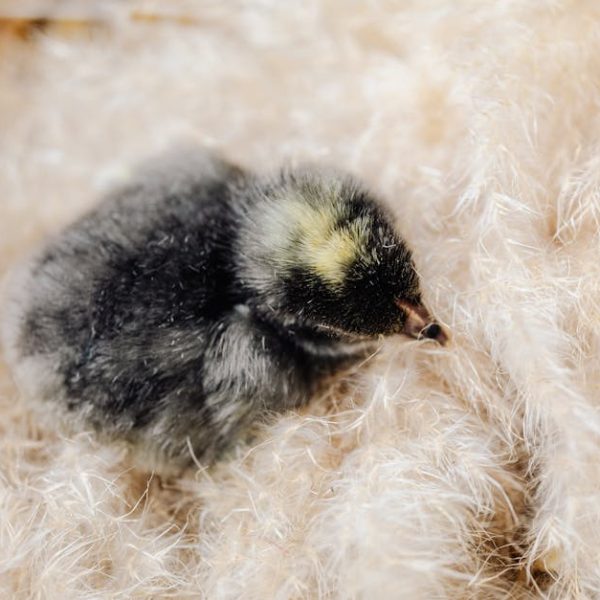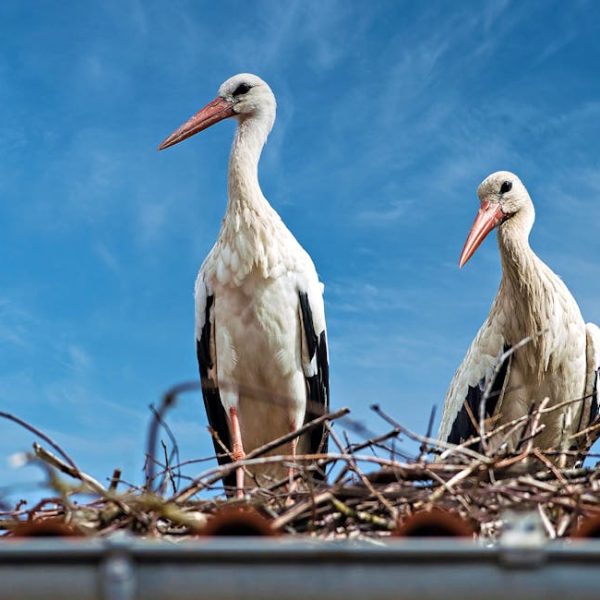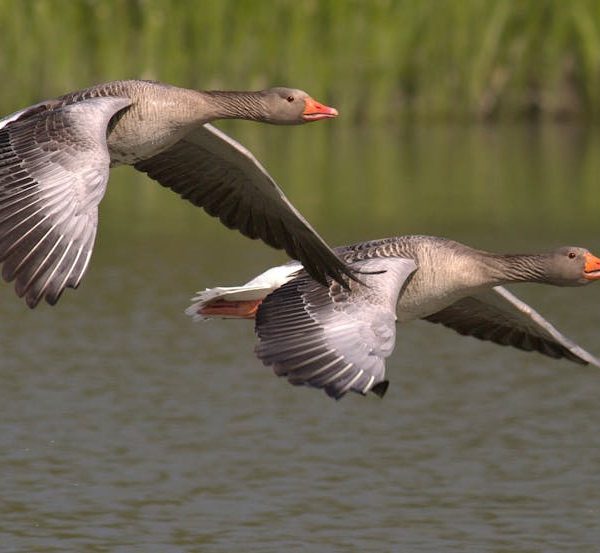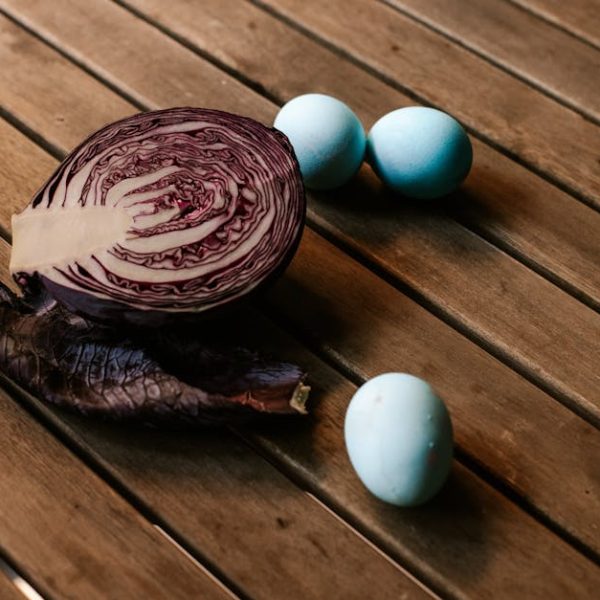Birds stand out among the world’s inhabitants with their myriad of vivid colors, diverse range of vocal abilities, and complex behavioral patterns. Among these captivating behaviors is a particular one that draws attention and sparks curiosity – the process of avian mating. Unlike mammals, their mating methods are fundamentally unique, throb with fascinating rituals, highlight intriguing sexual dimorphism, follow peculiar reproductive strategies, and reflect resourceful post-mating behaviors. This piece will uncover this captivating aspect of avian life, taking you on a journey through the bird world’s courting dances, striking plumage, copulation techniques, and post-mating practices.
The Complex Courting Rituals of Birds
Think about the last time you watched a bird in flight. They often move with such fluidity and grace – a ballet in the sky, befuddling us with their aerial acrobatics. But did you know some of those performances are expressions of courtship? Male birds, in particular, commonly exhibit a range of actions from dramatic flights to sophisticated dance moves, rhythmic singing to formulation of nest structures to attract their female counterparts. Some species like Bowerbirds even go to the extent of creating artful layouts using colorful items, reflecting a distinct personal taste. On the other hand, certain birds like the Magnificent Frigatebird show off an impressively inflated red throat pouch, a technique to woo potential mates.
As birdwatchers, these breathtaking displays present an awe-inspiring spectacle. However, it’s essential to observe such moments at a respectful distance to avoid causing stress to the birds during this critical time in their reproductive cycle. Let them showcase their prowess without interference – your patience and consideration will be rewarded with amazing sights.
Sexual Dimorphism and Its Role in Avian Mating
Let’s talk about plumage. Have you noticed a striking color difference between males and females in certain bird species? This noticeable distinction called sexual dimorphism, plays a crucial role in avian mating. Males of many bird species boast vivid, brilliant feathers or extravagant accessories (like the Peacock’s extensive tail feathers) as a strategy to attract females.
However, these dazzling displays come at a cost. Bright colors increase visibility not just to potential mates but also to predators. This survival pressure thereby creates a balancing act in natural selection. As bird enthusiasts, it is not just interesting but also important to learn to distinguish between male and female birds, adding depth to your understanding of bird behavior.
The Act of Mating: Copulation in Birds
When it comes to the act of mating itself, most bird species follow an unusual method compared to mammals – the ‘cloacal kiss’. Both male and female birds possess a cloaca, an opening for intestinal, urinary, and reproductive tracts. During mating, they press these openings together, allowing sperm to transfer from the male to the female.
Identifying mating behavior in birds can be tricky as it usually lasts just a few seconds. Signs such as mutual preening, avian hugs, and the male hopping on the female’s back suggest they’re either about to mate or have just finished. However, always maintain a respectful distance while observing or photographing birds to avoid disturbing these essential natural processes.
The Intrigue of Reproductive Strategies in Birds
From life-long monogamy to one-season stands, from exclusive pair bonding to the game of avian promiscuity, birds follow a wide range of reproductive strategies. Some species like the Albatross or the Bald Eagle pair for life, where the partners renew their bonds through shared rituals and mating dances. Some birds, like many species of hummingbird, are polygamous, mating with multiple counterparts during the breeding season.
In some unique cases, birds follow what’s known as ‘brood parasitism’, where a bird lays eggs in the nest of another species, passing the buck of parental care. This strategy, albeit deceptive, saves the parasitic bird from the energy expense of parenthood, a tactic primarily followed by species like the Common Cuckoo or the Cowbird. If you’re planning to delve deeper into the study of birds or if you fancy keeping birds ethically, understanding their reproductive strategies will certainly add enriching dimensions to your endeavor.
Post-Mating Behaviour: From Nesting to Parental Care
Birds’ post-mating behavior is as intriguing as the mating itself. Some species engage in cooperative breeding where several adult birds collectively take care of a single nest. Species like the Florida Scrub-Jay illustrate this communal responsibility beautifully.
Nesting types and strategies vary dramatically across bird species. Some construct complex nests on tree branches, others build dome-shaped nests on the ground, while certain species prefer to hole up in tree cavities. For example, the Red Ovenbird adheres to its name by building clay nests shaped like old-fashioned wood ovens.
In terms of parental care, some bird species share duties between males and females, while others lay the burden of rearing on one of the partners. It’s fascinating to see how this behavior changes across bird species and climates, playing a critical role in the life history strategy of each species.
Pro tip: Just like during courtship, maintain a respectful distance while observing post-mating behavior. This not only helps in keeping the birds undisturbed but also equips you with accurate behavioral data for your bird study log, while ensuring your birdwatching adventure remains as enjoyable as it is educational.
From complex courtship routines to intricate mating strategies, from fascinating sexual dimorphism to diverse post-mating practices, the world of avian reproduction offers a wealth of captivating insights. By respecting their space and observing their behavior, we can not only marvel at the diversity of these incredible creatures, but also add a deeper layer of understanding to our birdwatching and ornithological pursuits. We hope this article brings you closer to journeying into the multifaceted realm of avian mating and sparks in you a profound appreciation for the intricacies of the bird world.
Key Takeaway:
- Birds have complex courtship rituals, including dramatic flights, sophisticated dance moves and even unique nest structures, aimed at attracting females.
- Sexual dimorphism plays a significant role in avian mating. Males often display vivid colors or extravagant features to attract females, though this also increases visibility to predators.
- Bird copulation, commonly known as the ‘cloacal kiss,’ is different from mammal copulation. Observers should maintain respectful distances to prevent disrupting these natural processes.
- Birds employ diverse reproductive strategies, such as monogamy, polygamy, and brood parasitism. Understanding these reproductive strategies is essential for those interested in bird study.
- Post mating behavior includes nesting and parental care, which varies greatly among species. This behavior offers further fascinating insights into each bird species’ life history strategy.
Whether you are a birdwatcher, naturalist photographer, or ornithologist, the fascinating world of avian mating holds many intriguing insights. By observing these beautiful creatures and their behaviors from a respectful distance, we can appreciate the diversity and complexity within the avian world. We hope this article has sparked your interest and enhanced your knowledge about bird behaviour. Stay curious and keep exploring!
FAQs
Q: Are all bird species sexually dimorphic?
A: No, not all bird species are sexually dimorphic. Sexual dimorphism, where males and females of a species look significantly different, is common in many bird species, but there are also many where males and females look very similar to each other.
Q: What are some signs that birds are about to mate?
A: Some signs that birds are about to mate include mutual preening, ‘hugging’ each other, and the male hopping onto the female’s back. The actual act of copulation, the ‘cloacal kiss,’ is usually brief and might be missed without attentive observation.
Q: Are all birds monogamous?
A: No, birds employ a range of reproductive strategies. While some bird species like the Albatross or Bald Eagle pair for life, others like many species of hummingbird, are polygamous, mating with multiple partners during the breeding season.
Q: What is ‘brood parasitism’ in birds?
A: ‘Brood parasitism’ is a unique reproductive strategy where a bird lays its eggs in the nest of another bird species, thereby avoiding the energy cost of rearing its own young. Common Cuckoo and the Cowbird are examples of bird species employing this strategy.
Q: How do birds care for their young after mating?
A: Parental care varies greatly among bird species. Some species share responsibilities between males and females, while others leave the burden of rearing to one partner. There are also species that engage in cooperative breeding, with several adults taking care of a single nest.
Feel free to share this article to assist others in their discovery of the fascinating world of avian mating and don’t hesitate to delve into more topics on our website.
